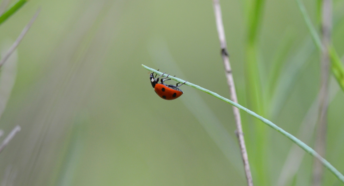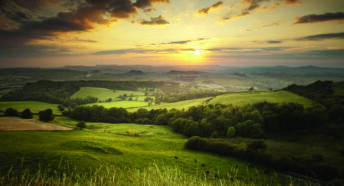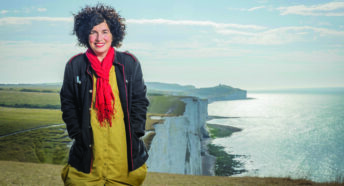What’s that rustling in the hedgerow? Hedgerow wildlife to hear and see
Hedgerows aren’t just an iconic part of our landscape and magic for capturing carbon from the atmosphere. They’re home to myriad creatures, big and small. Here’s our guide to hedgerow wildlife and how to spot – and hear – it …
We’ve all seen the chequered fields bordered with hedgerows. These are some of our understated landscape heroes and so much more than simple boundary markers or barriers to keep livestock secure (which is why we at CPRE love them so much). They provide homes, food and travel corridors for lots and lots of wildlife – we’re talking birds, amphibians, insects and mammals.
The best hedgerows are made up of a wide variety of plants that all flower and bear fruit at different times, ensuring that hedgerow wildlife can find the food they need throughout the year. It also means that at any time, you’ll find your local healthy hedgerows rustling and bustling with the sounds of living things.
Read on for our spotter’s guide to the sights and sounds of happy hedgerow residents …
Hedgerow insects
First of all, peel your eyes and ears for invertebrates, as lots of these use hedgerows as home. Invertebrates are animals without a backbone, and in practice refers here to beasties like insects and worms – and there are plenty of these bustling around the dense thickets that hedgerows can offer.
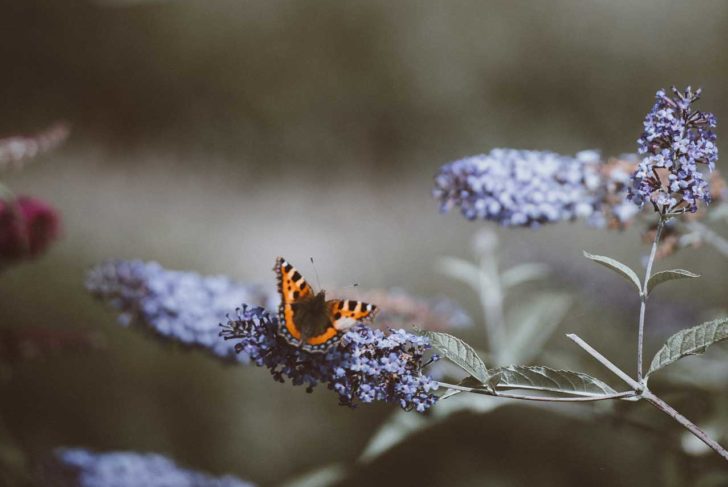
For example, on a summer’s walk you’re likely to notice bumblebees and butterflies, such as the small tortoiseshell, feeding on the nectar of two common hedgerow plants, the honeysuckle and the bramble blossom. Keep your ears out for the low thrumming of bees and the chirruping of grasshoppers around the grassy edges of hedgerows – a lovely soothing summery sound.
In this BBC clip of a hedgerow at midday in late spring or early summer, see if you can make out grasshoppers, digger bees and sparrows amongst others.
At the foot of hedgerows, beetles, such as the stag beetle, feed and live on decaying wood. And some minibeasts, such as the caterpillars of a rare butterfly called the brown hairstreak, rely on the blackthorn found in some hedgerows – all reasons why we want to see hedgerows protected and restored.
Hedgerow amphibians
We tend to think of birds and insects bustling around hedges, but we’re forgetting a chunk of our hedgerow community. Some amphibians (cold-blooded animals) also make the most of the coverage that hedgerows offer.
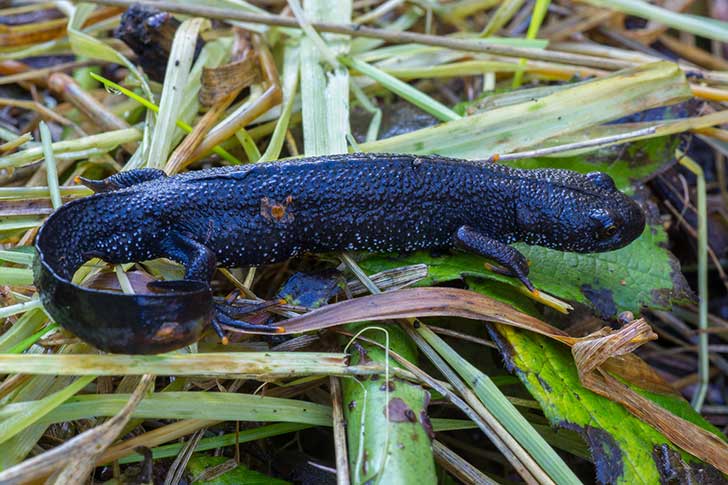
Newts, including the endangered great crested newt, eat small invertebrates that they forage on the hedgerow floor, and toads eat slugs and snails. So when you’re near a good thick hedgerow that’s not far from water in springtime, when our amphibious beasts will be breeding in their ponds, stay very very still and keep your ears open for the distinctive sound of a toad croaking away nearby.
Tune in here for the sound of a common toad chatting away in the mid-morning with woodland birds audible in the background.
Hedgerow mammals
Mammals are the warm-blooded gang of animals (like us humans, they also have spines and tend to have babies that are alive, instead of laying eggs). Hedgerows are home to plenty of these too, but they can be harder to see or hear because many of them tend to wake up and start bustling around in the night.
Except for wintertime, when they hibernate, you might be able to spot bats such as pipistrelles flying around at dusk and throughout the night, hunting for flies, moths and spiders along hedgerows. They need the straight lines formed by hedges to navigate to their feeding stations, so when hedgerows are removed their life gets a lot harder. We all need to know where to find our dinner!
You won’t be able to hear these little creatures as they fly above as they chat at a frequency that our ears can’t detect, but special bat detectors show up the sound they make as you can see in this brilliant video by photographer James Brown.
The hazel dormouse tends to climb up the trees and scrubs rather than move around on the hedgerow floor. As their name suggests, one of their favourite foods is hazelnuts, so if you see empty hazelnut shells at the foot of hedgerows, it may well be a sign that they’re living or dining there.
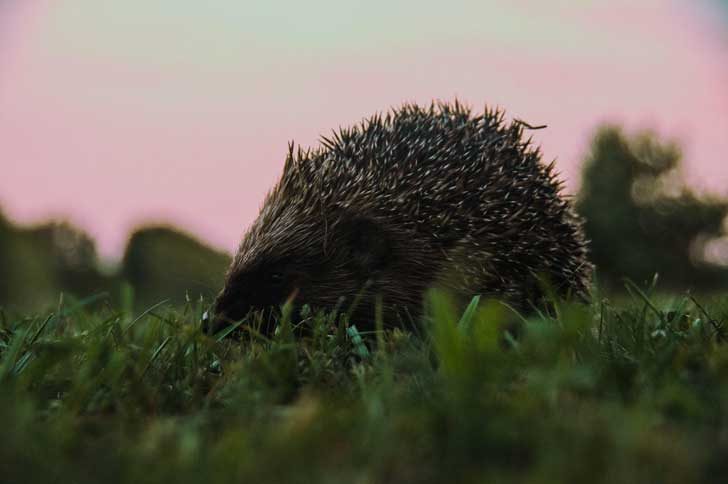
And when they’re not hibernating, you might see hedgehogs snuffling around the hedgerow floor for worms, beetles, and even bird eggs and amphibians. As they’re in decline, though, it’s getting harder to spot them out and about. Their only predators are badgers, our biggest land predators. They’re can be up to 70cm long and can easily be recognised by their black and white stripes.
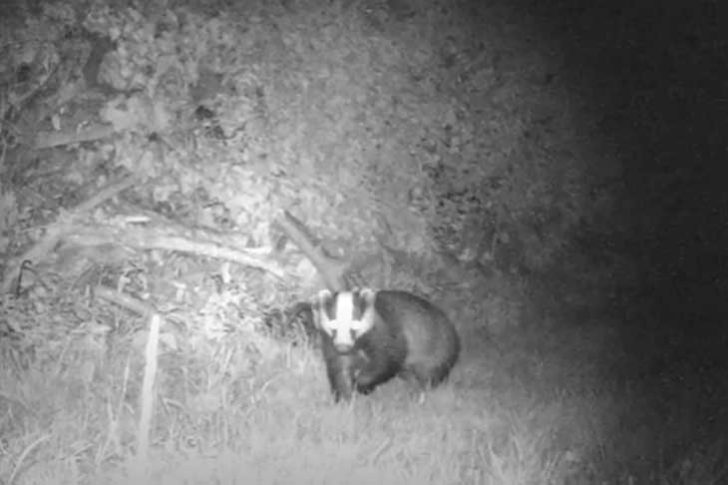
A wide range of birds rely on hedgerows for their food and for nesting. Many hedgerow plants provide them with berries, such as hawthorn, elder, blackthorn and bramble. These are especially vital in the winter, when there are fewer insects around, seeds are in short supply and the ground becomes too frozen to peck at for worms.
Common birds, such as wrens, robins and blue tits can easily be spotted throughout the year, and can make an especially cacophonous sound during the dawn chorus in early summer (like this clip, where you can pick out rooks, wrens, robins, blackbirds and lots more if you have keen ears).
Settle back, enjoy the sounds of this Devon hedgerow at dawn and see how many birds’ songs you can pick out.
If you’re up for a challenge, try and spot dunnocks – which tend to dart between hedges – whitethroats and yellowhammers, which can be seen singing at the top of hedgerows. If you’re setting off on a winter walk, look out for thrushes with their spotted chests, such as fieldfare, redwing and song thrush.
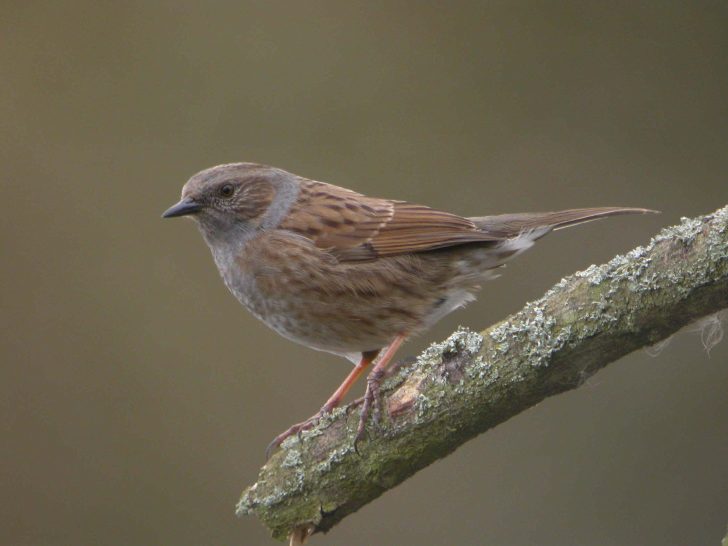
Keeping our hedgerows bustling and rustling
Unfortunately, it’s estimated that we’ve lost 50% of our hedgerows since the second world war. Although many farmers look after their hedges, changes in the nature of farming have been one of the major causes of the disappearance of hedgerows across the countryside.
Roads and development, particularly on the edge of towns and villages, are the two other main causes of hedgerow loss, and this has significant consequences for the animals that rely on them for their survival. And where hedges are kept but are poorly-maintained, they become less good for nature, limiting the biodiversity of these amazing habitats.
If you, like us, want to see the country’s network of hedgerows restored, maintained and enhanced, then add your voice to ours in asking the government to commit to more hedgey action. We’ve long campaigned for the healthiest hedgerows possible and this continues.
September 2021 saw us launch a report with brand new research showing how powerful investment in hedgerows would be for the climate, for nature, for jobs and for the economy. Join our campaign by giving us a regular gift to help us keep these wildlife warriors thriving!
We’d love to see any hedgerow wildlife pictures you’ve managed to snap on our Facebook, Instagram and Twitter!
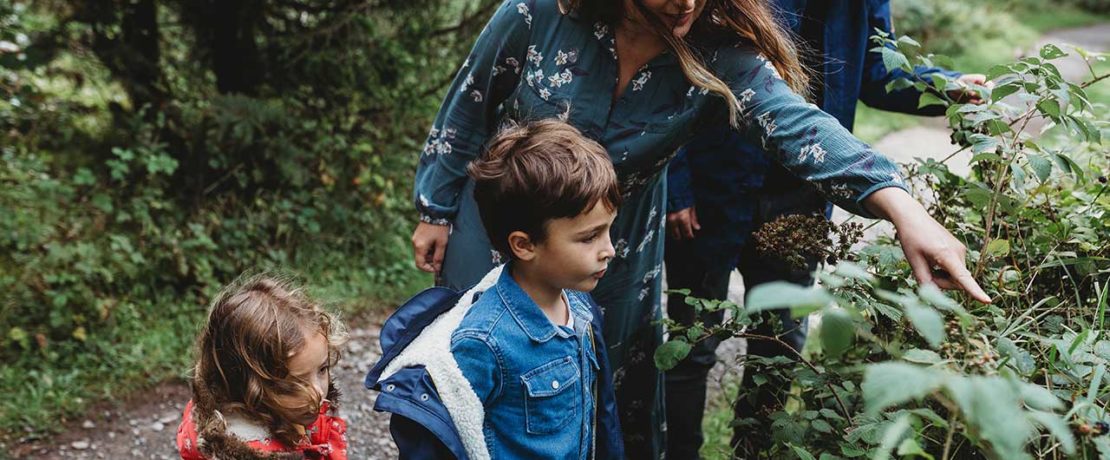




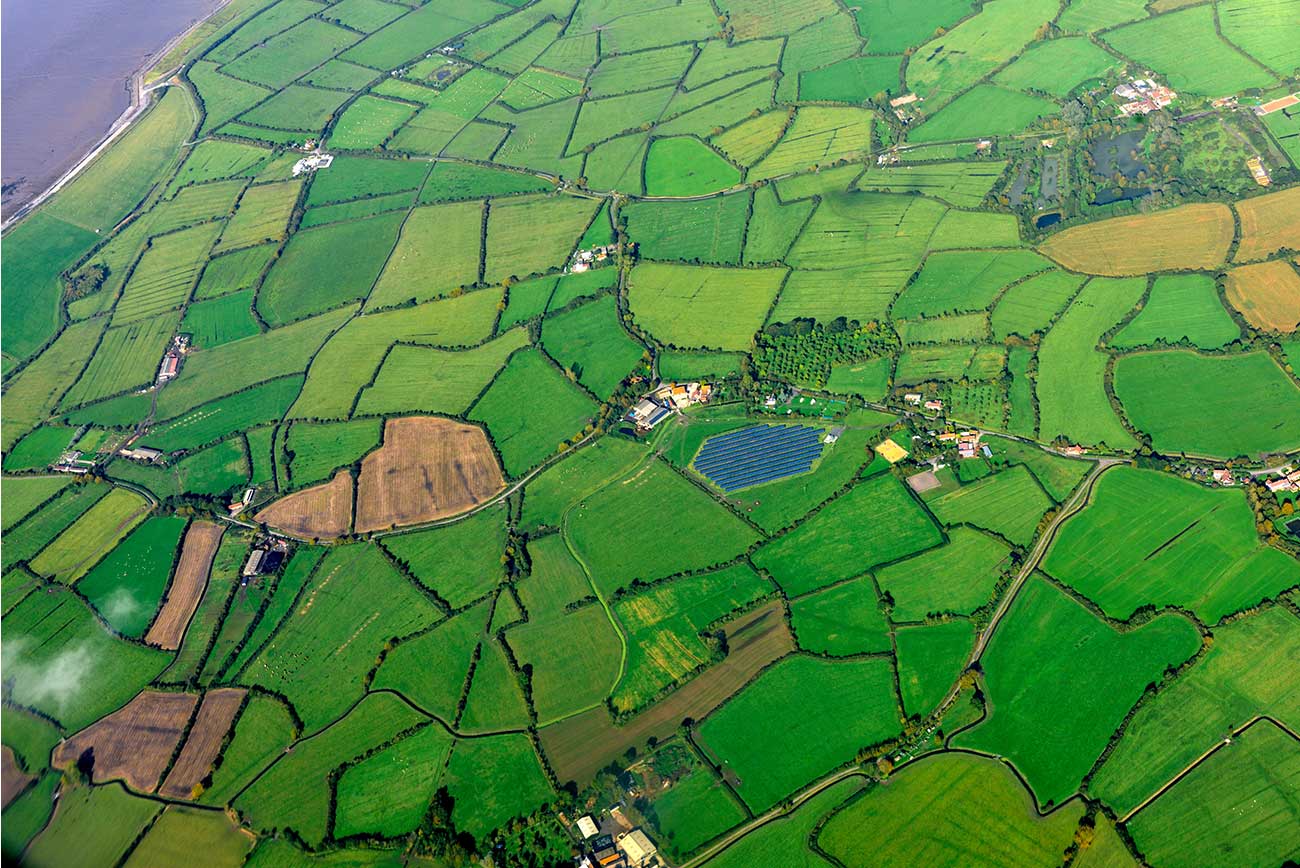
 10 min read
10 min read 